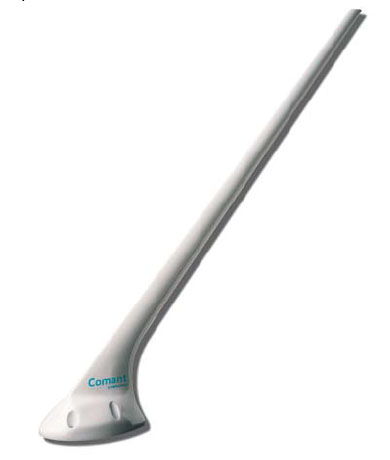tuwood
Pre-takeoff checklist
I've been reading up quiet a bit on using the radio and various techniques to stay ahead of ATC, such as using Com2 for ground, clearance, ATIS and Com1 for Tower, Approach, etc. Basically Com 1 for the people you need to talk to and Com 2 for the non flight impacting stuff.
Then I got to thinking about the Cirrus I'm flying which has a big white antenna on top for Com 1 and a bent wire antenna on the bottom of the plane for Com2.
Is there a different range for Com1 and Com2, or are they both the same power and receiver sensitivity?
Does being on top or on the bottom make one or the other better suited for certain types of communications?
Or are they both effectively the same and the Com1 for primary communications is just an organization thing?
Then I got to thinking about the Cirrus I'm flying which has a big white antenna on top for Com 1 and a bent wire antenna on the bottom of the plane for Com2.
Is there a different range for Com1 and Com2, or are they both the same power and receiver sensitivity?
Does being on top or on the bottom make one or the other better suited for certain types of communications?
Or are they both effectively the same and the Com1 for primary communications is just an organization thing?


